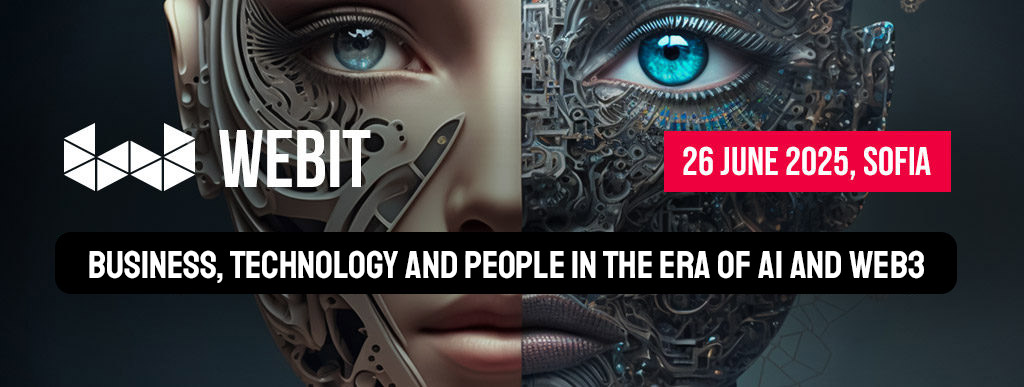The healthcare industry is undergoing a massive transformation. Driven by urgent environmental concerns and rapid technological advancements, hospitals and clinics are evolving into green and smart facilities — reimagining what it means to deliver care in the 21st century.
What Are Green Hospitals?
Green hospitals are healthcare facilities designed, built, and operated with a focus on sustainability. They aim to minimize their environmental impact while creating healthier spaces for patients, staff, and communities.
Key characteristics of green hospitals include:
- Energy Efficiency: Adoption of renewable energy sources like solar panels, energy-efficient HVAC systems, and smart lighting.
- Sustainable Construction: Use of eco-friendly materials, water-saving technologies, and designs that reduce carbon footprints.
- Waste Management: Advanced recycling systems, reduction of medical waste, and proper disposal of hazardous materials.
- Healthy Indoor Environments: Improved air quality, non-toxic materials, and spaces that promote healing and wellbeing.
By lowering their environmental impact, green hospitals not only help fight climate change but also create healthier healing environments that positively influence patient recovery rates.
What Are Smart Clinics?
Smart clinics leverage technology to optimize operations, enhance patient experience, and improve health outcomes. They incorporate:
- IoT-Connected Devices: Monitoring patient vitals in real-time, managing building systems (temperature, lighting, air quality) more efficiently.
- AI-Powered Diagnostics: Faster, more accurate diagnoses through machine learning and predictive analytics.
- Telemedicine Services: Remote consultations that increase access to care while reducing the need for travel and lowering carbon emissions.
- Data-Driven Personalization: Using patient data securely to tailor treatments and monitor chronic conditions proactively.
- Automation: Streamlining administrative tasks such as scheduling, billing, and patient flow management.
Smart clinics are not just more efficient — they are more patient-centric, offering quicker, more personalized care while optimizing resource usage.
Why the Merge of Green and Smart Matters
Combining green principles with smart technologies creates a powerful synergy:
- Reduced Operational Costs: Smart energy management systems help hospitals save significantly on utility bills.
- Enhanced Patient Outcomes: Studies show that natural lighting, clean air, and noise reduction all contribute to faster healing — outcomes that both green and smart designs optimize.
- Increased Resilience: Smart systems can predict equipment failures or supply shortages, while sustainable infrastructure is better equipped to withstand environmental disasters.
- Stronger Community Trust: Patients increasingly prefer healthcare providers who demonstrate environmental and social responsibility.
Challenges Ahead
Despite the clear benefits, the transition isn’t without obstacles:
- High Initial Costs: Sustainable and smart technologies often require significant upfront investment.
- Complex Integration: Marrying legacy healthcare systems with cutting-edge technologies can be complicated.
- Data Security: Smart clinics must prioritize cybersecurity to protect sensitive patient information.
- Training and Change Management: Staff need education and support to adapt to new systems and workflows.
Conclusion
Green hospitals and smart clinics represent the future of healthcare — sustainable, efficient, and patient-focused. As environmental and technological pressures continue to rise, the institutions that invest in these innovations today will lead the healthcare landscape of tomorrow.
Building a healthier world starts with creating healthier places to heal.
Join the discussion and learn from global leaders in the industry on the 26th of June in Sofia. Webit: Business, Technology and People in the era of AI and Web3 is an exciting opportunity for industry leaders and experts to come together to discuss the latest trends and developments in the field of Healthcare.
Check our ticket options here:
Business, Technology and People in the era of AI and Web3

